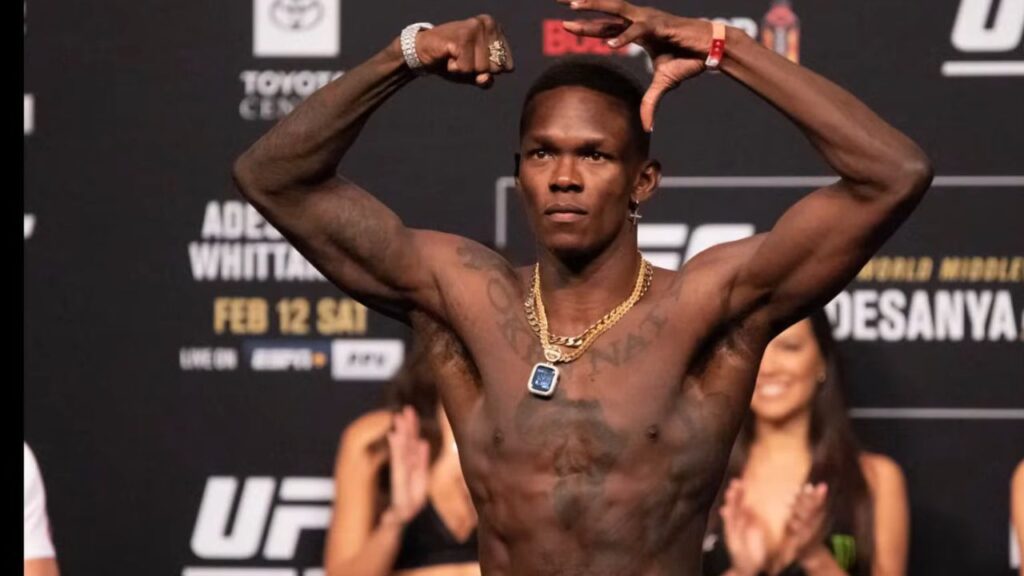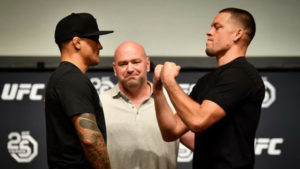Combat sports demand both physical and mental prowess, and achieving the ideal physique for your chosen discipline can give you a competitive edge. While everyone’s body type is unique, understanding how to harness your physical traits can make all the difference in a fight. In this blog post, we’ll explore four common fighter builds, along with tips on how to develop the right physique to dominate your chosen combat sport.
Understanding Body Type vs. Physique
Your body type is dictated by genetics and cannot be changed, but your physique is something you can shape with hard work and dedication. Both are critical in martial arts, and choosing a combat sport that aligns with your physical traits can provide a significant advantage. Below, we’ll break down the four main fighter builds and explain how to train for each.
Build #1: Wrestlers
Wrestlers are known for their strength, explosiveness, and exceptional cardio. Fighters like Islam Makhachev and Yoel Romero exemplify this build, which is designed to dominate opponents through control and power.
Key Physical Traits:
- Shorter torso: Lowers your center of gravity, making you harder to lift.
- Longer arms: Improves reach for grappling and control.
- Shorter legs and medium height: Reduces takedown vulnerability and ensures versatility against opponents of varying heights.
Training Tips:
- Strength Training: Focus on compound lifts like squats, deadlifts, and pull-ups.
- Explosive Workouts: Incorporate plyometrics such as box jumps and medicine ball slams.
- Cardio: Alternate between high-intensity sprints and long-distance runs.
- Technique Drills: Regular wrestling practice to refine precision and skill.
Build #2: Strikers and Kickboxers
Strikers and kickboxers prioritize speed, reach, and agility over muscle mass. Fighters like Israel Adesanya and Alex Pereira excel in this category, leveraging their long limbs and lean builds.
Key Physical Traits:
- Long arms and legs: Maximizes reach for striking from a safe distance.
- Leaner physique: Reduces energy expenditure for quicker movements.
- Smaller calf muscles: Enhances speed and explosiveness.
Training Tips:
- Cardio: Engage in long-distance running, interval sprints, and cycling to build endurance.
- Plyometric Exercises: Perform clap push-ups and box jumps for explosive strikes.
- Core Training: Focus on Russian twists and leg raises to improve rotational power and absorb body shots.
- Technique Drills: Develop precision and speed through consistent practice.
Build #3: Hybrids
Hybrid fighters are well-rounded athletes who combine muscular power, cardio, and explosive movements. Fighters like Khabib Nurmagomedov, Robert Whittaker, and Alexander Volkanovski are excellent examples of this versatile build.
Key Physical Traits:
- Moderate height: Balances leverage for wrestling with reach for striking.
- Slightly longer arms: Offers an advantage in striking.
- Mesomorphic body type: Ensures balanced muscle distribution for adaptability in various combat scenarios.
Training Tips:
- Strength and Explosiveness: Combine compound lifts with resistance band exercises.
- Cardio: Alternate high-intensity interval training with steady-state cardio like long runs or cycling.
- Technique Training: Focus on drills to improve timing and precision.
Build #4: The Big Boys
Heavy fighters rely on their natural strength and weight to overpower opponents. Fighters like Daniel Cormier and Tyson Fury dominate with their powerful punches and ability to endure intense battles.
Key Physical Traits:
- Broad frame: Provides a solid foundation for powerful strikes.
- Long arms: Extends reach for effective striking.
- Thicker core: Enhances stability for grappling and punching.
Training Tips:
- Strength Training: Emphasize compound lifts to build power.
- Plyometrics: Develop agility with exercises like box jumps.
- Cardio: Focus on endurance to prevent fatigue during fights.
- Active Recovery: Incorporate light swimming to reduce joint stress and aid recovery.
Choosing the Right Combat Sport
While weight classes exist to ensure fair competition, the best combat sport for you depends on your fighting style and how well you utilize your physical traits. This guide serves as an excellent starting point for aligning your physique with the demands of your chosen discipline.
No matter your build, consistency and mindset are the keys to success. Dedicate yourself to training hard, and you’ll achieve your goals. If you’re looking for more insights, check out our other posts—like the “Three Ways to Win a Street Fight”—and keep pushing your limits!









